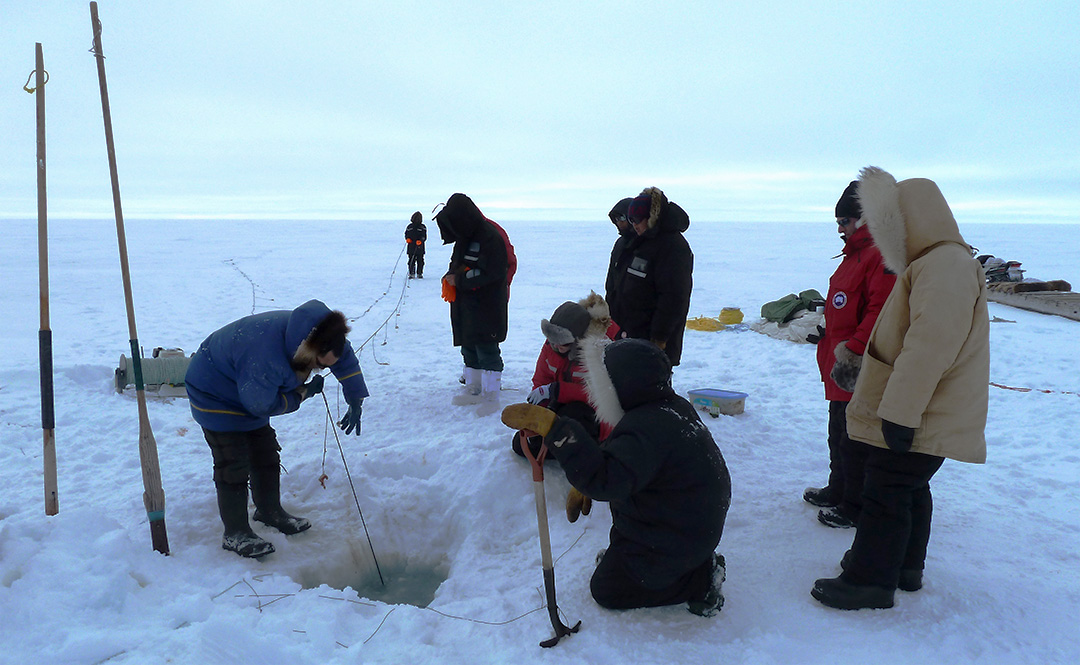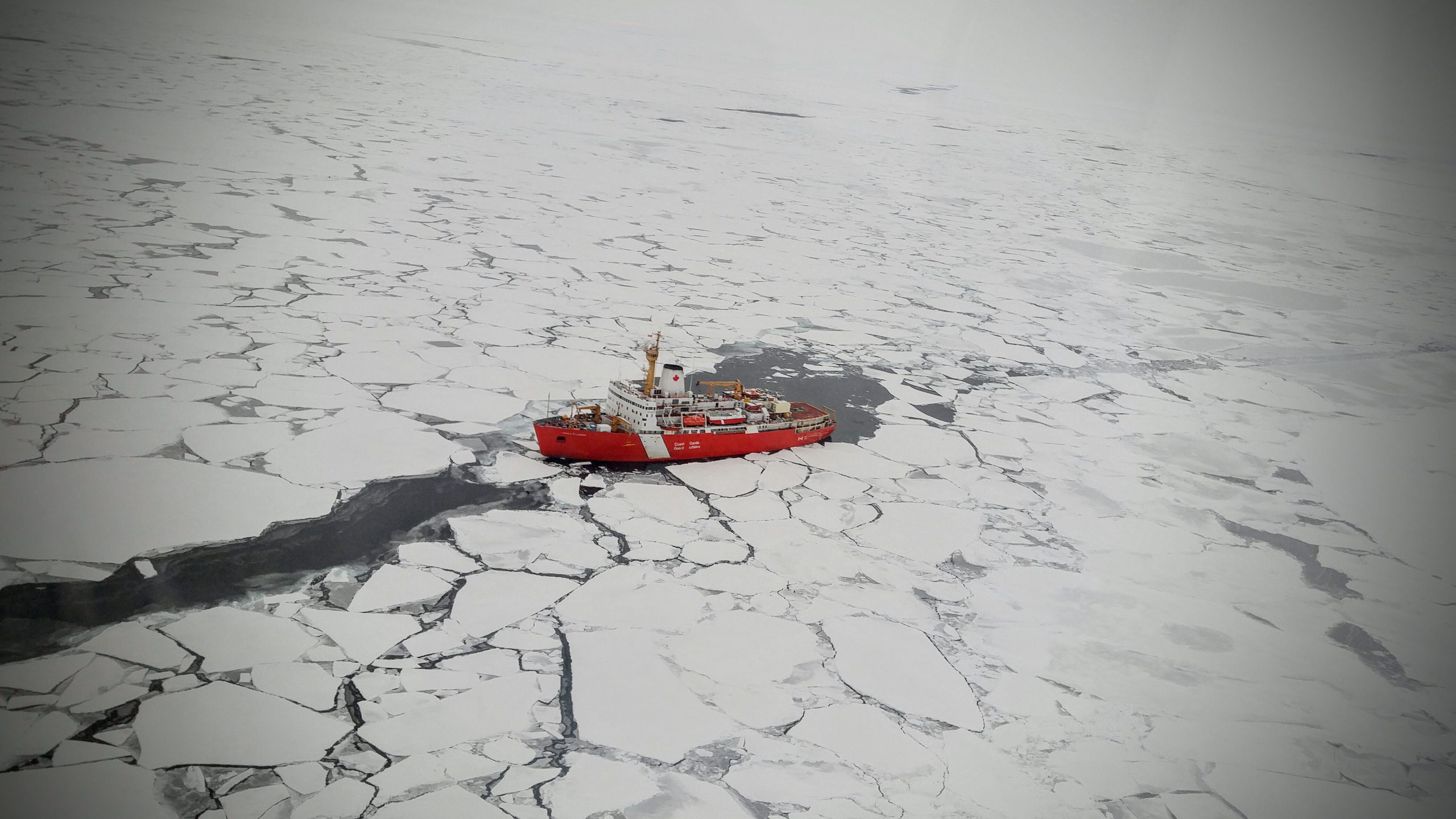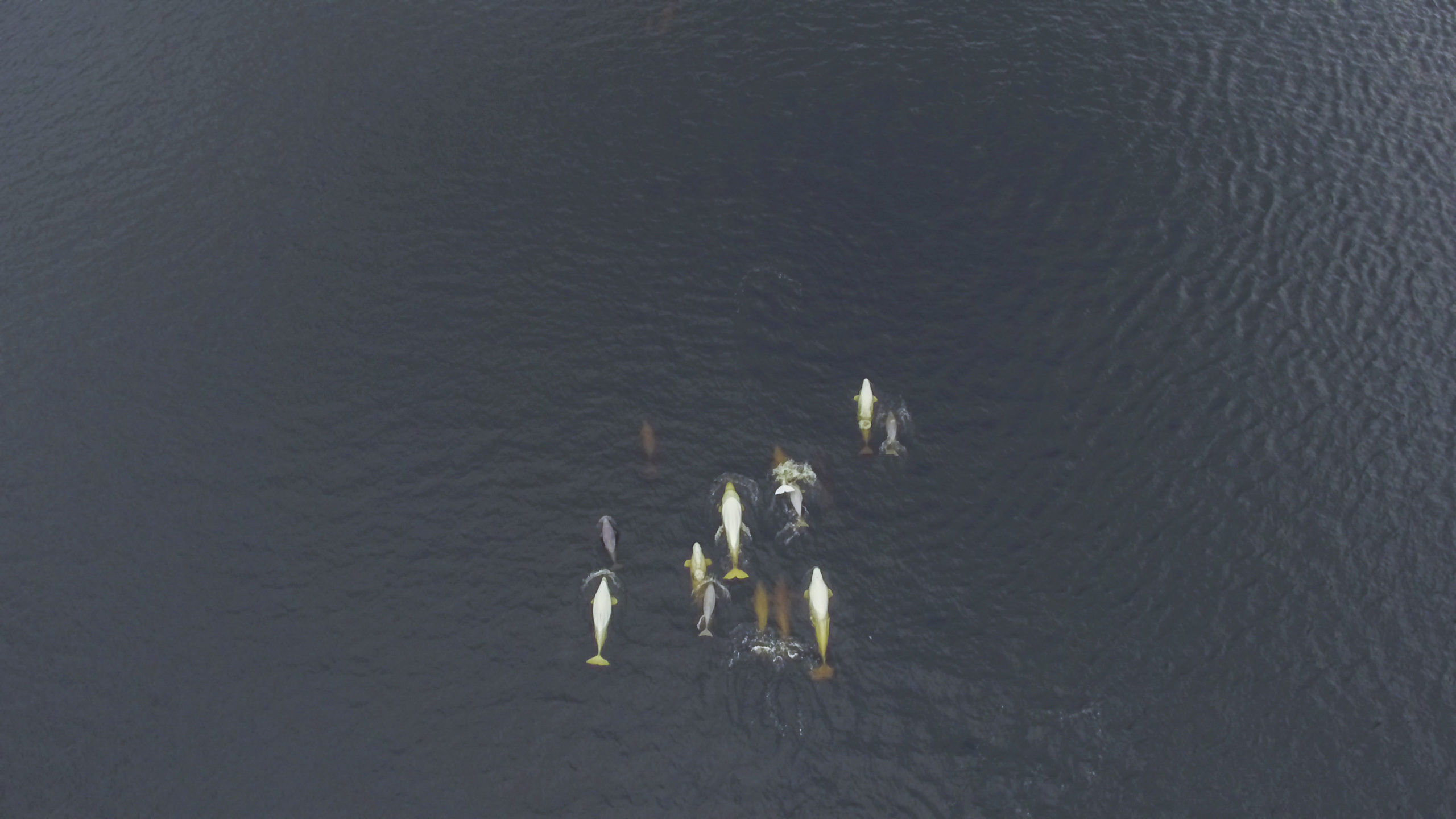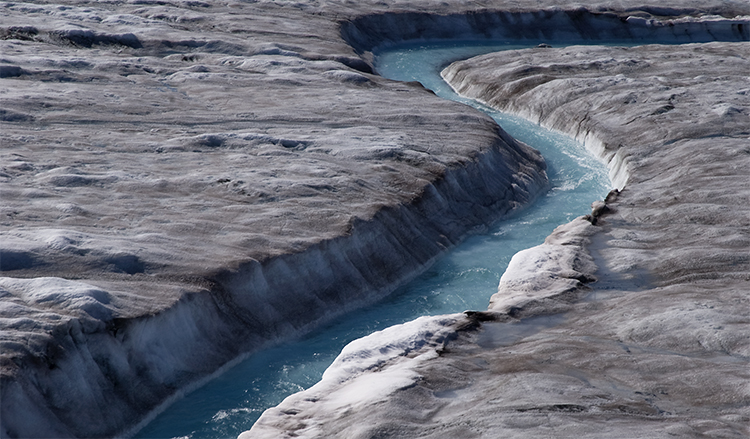
The Other Melt Factor
We’ve talked a bit on this blog already about the importance of sea ice in the Arctic. But there are also large areas of “permanent” ice on land: massive sheets that spill glaciers – rivers of ice – into the valleys and the sea.
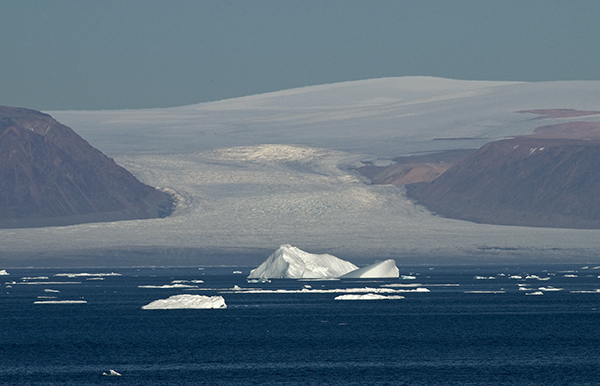
You might have heard that if all of the ice on Greenland melted, the Earth’s ocean would rise by about six meters. That’s not going to happen overnight, so don’t go reaching for your lifejackets, but the melting of the Arctic’s ice sheets is occurring at rates that have many scientists, economists and governments concerned.
Warming temperatures are one factor for this melting, but not the only one. There’s something called cryoconite that can greatly impact when, how, and how much ice sheets and glaciers melt. Cryoconite consists of tiny particles that are deposited on the ice from the atmosphere over time. Some of the material has travelled a very long way; dust from Asian deserts, for example, gets to Greenland, as do particles from Saskatchewan.
Cryoconite can include mineral dust and soot from burning fuels and forest fires. But according to Dr. Martin Sharp, Professor of Earth and Atmospheric Sciences at the University of Alberta, there’s a lot more in the cryoconite than just those materials.
“You also get particulate organic matter – plant matter, moss fragments and soil humic matter – blown onto the glacier,” he said.
All of this dust provides an ideal surface for a wide variety of organisms to live. There are fungi, algae, bacteria and other microbes living in the cryoconite.
“The microbes are not just there by accident – they are adapted to living in this environment,” said Dr. Sharp. He added that some get their energy directly from the minerals and organic matter, while others get their energy from the sun through photosynthesis. The dust on the surface of Arctic ice turns out to be a pretty amazing habitat for many living organisms.
Because Arctic glaciers experience very little rain, the surface doesn’t get “washed” very much, and what settles tends to stay. The microbes glue bits together which can add to the “stickiness” of the particles and further prevent them from washing away.
Normally, clean ice and snow reflect much of the sun’s energy back into space like a mirror. However, dark cryoconite particles tend to absorb the sun’s energy as heat rather than reflect it.
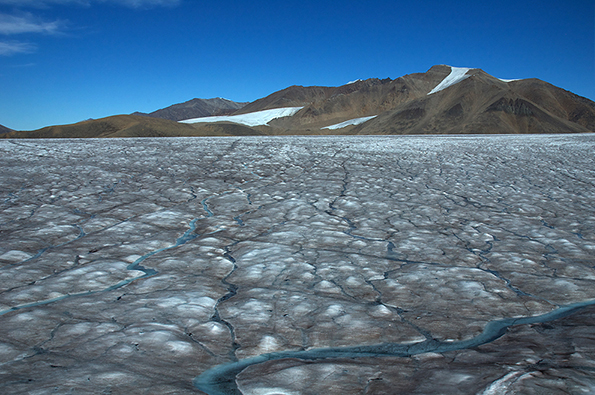
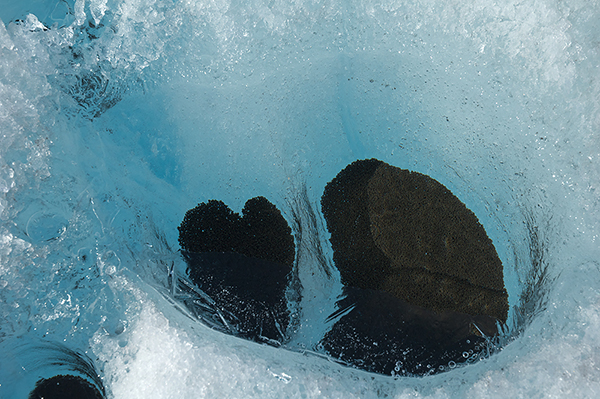
Since glaciers are continuously forming over thousands of years, and particles are always settling out of the atmosphere, there are particles throughout the ice – not just at the surface. As the ice melts, it leaves behind the particles embedded within it, concentrating them in the low spots and further darkening those parts of the ice.
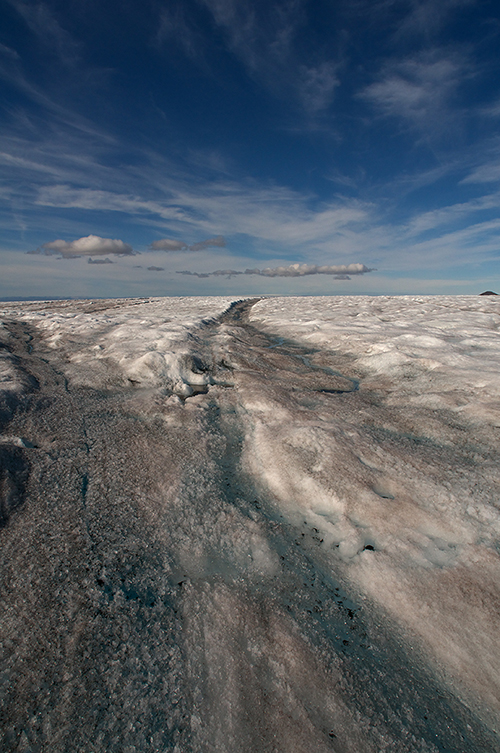
Meltwater channels continue to deepen and can become fast-flowing rivers, collecting runoff as the surface of the ice melts.


As Dr. Sharp points out, “Sediment on glacier surfaces is not new.” As long as there has been ice to land on, dust has been landing on it. It’s not all related to human activities either, but some is: “Soot from fossil fuel combustion and stubble burning for instance, and dust supply may be accelerated by desertification etc.,” Dr. Sharp notes.
How much sediment there is and what it is composed of varies over time as well as geographically. But it is possible that people could have a positive – and relatively immediate – impact by decreasing the amount of soot we introduce into the atmosphere. Exactly how much of an impact depends on many factors, and getting a better understanding of the processes that affect glacial growth, movement and melt is an important part of what people like Dr. Sharp are trying do.
Thanks goes to the Parks Canada Nunavut Field Unit and Sirmilik National Park office in Pond Inlet for assisting with access to the Park, where many of these photos were taken.
Posted April 16, 2013 by Arctic Connections

